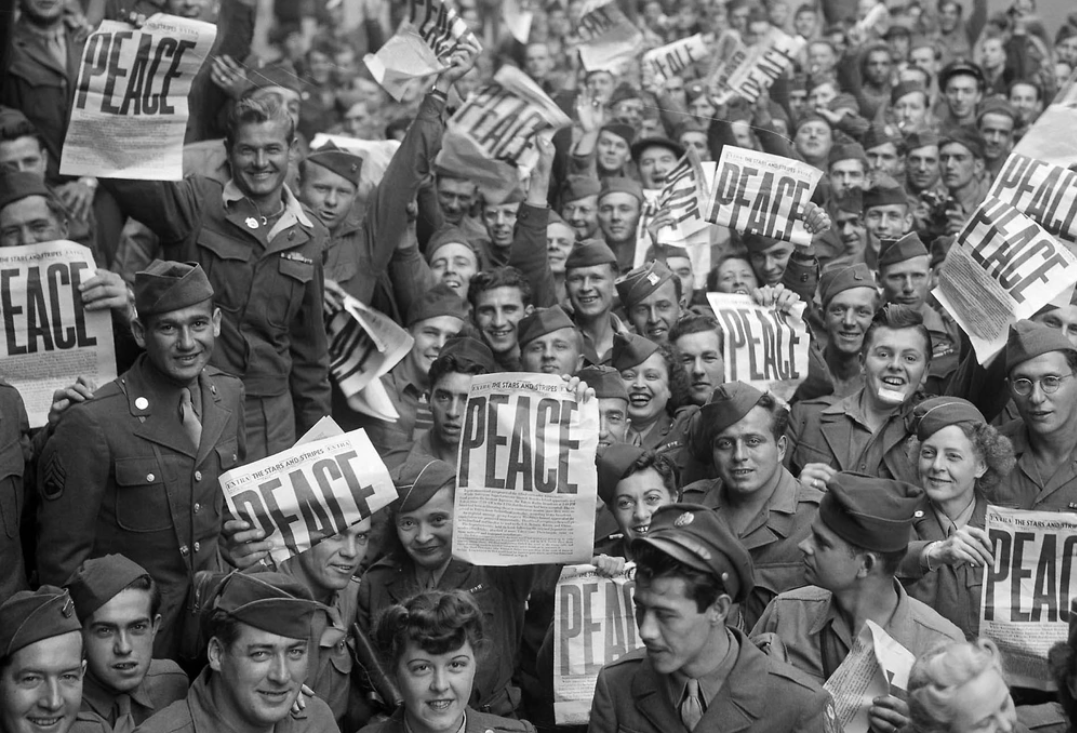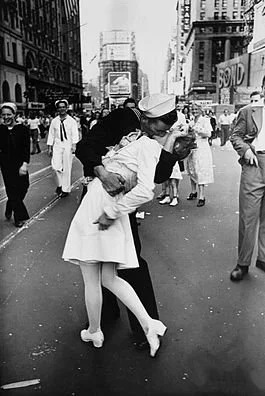VJ Day
Victory over Japan day on the 15th of August marks the surrender of Japan forces which in effect ended the second world war 4 months after VE day on the 8th of May 1945.
War continued to wage in the Asia-Pacific region and only came to an end after two atomic bombs were dropped on the Japanese cities of Hiroshima and Nagasaki. The scope of the war was vast and encompassed a huge area, an area far larger than and more diverse than those of Europe, North Africa and the Atlantic theaters of the war combined.
Fighting took place from Hawaii to northeast borders of India and Papa New Guinea in the south and northern China on the border of the Soviet Union. By 1945 across Asia and the Pacific, there were 365,000 British and 1.5 million Commonwealth troops were deployed, including the largest volunteer army in history, the preartisian Indian army of 2.5 million soldiers. The men and women who fought came from all corners of the world, Ghana to Bangladesh and from Fiji to Zambia. The British and the Commonwealth's principal fighting force in the region. The 14th Army was the most diverse armies in history where it is estimated at least 40 languages were spoken.
The conditions during the Far East campaign were very different from those during the war in Europe. The British Commonwealth and Allied troops fought across oceans, in monsoon drenched jungles and snow covered hills and in scorching tropical heat on remote islands.
But for the British and Commonwealth forces, the war against Japan was marked by extremes. The surrender of Malaya and Singapore constituted arguably to Britain's worst defeat in the Second World War in 1942 when approximately 9,000 British and preartisian Indian and Commonwealth troops were lost and around 130,000 taken prisoner.
While in 1944, the 14th Army inflicted one of the Japanese army's greatest defeats ever a battle that was voted by the British public as Britain's greatest battle ever.
But despite the magnitude of the war in the Far East, many feel that their contribution had been forgotten or deliberately overlooked. The British Commonwealth and Allied soldiers were shocked and angered by the Japanese treatment as they were expected to treat Allied captured prisoners of war humanely. held in appalling condition to allied prisoners, the prisoners were subjected to brutal treatment in established jails mines and a makeshift jungle labor camps throughout Southeast Asia. The Japanese viewed prisoners as expendable labor in their war effort and thousands died building roads, bridges and working on other Japanese projects. The most notorious project was the Burma Thailand Railway or Death Railway. Opened in 1943, it covered over 1,250 miles and cost the lives of 15,000 prisoners of war and 80,000 native laborers. The conditions, punishing climate, and lack of adequate food and medicine also led to thousands more death from diseases such as colora and malaria.
On the 26th of July 1945, the US, Britain, and allies issued an automaton to Japan, demanding the unconditional sender of Japanese forces or faced prompt and utter destruction. But the Japanese government ignored the ultimatum and the deadline passed. Due to Japan's refusal to end the war and with Allied consent, the US dropped two atomic bombs on Japanese cities. One on Hiroshima, a city of industrial and military significance on the 6th of August and one on Nagasaki, a large seapport on the 9th.
On the same day that the bombs fell on Nagasaki, the Soviet Union also launched an attack on Japanese territories, having only declared war on Japan the day before. Over 200,000 people were killed by the bombs and in the months after succumbing to radiation sickness and the effects of burns and other serious injuries.
6 days after the bombs fell, Japan announced its surrender on the 15th of August, 1945.


